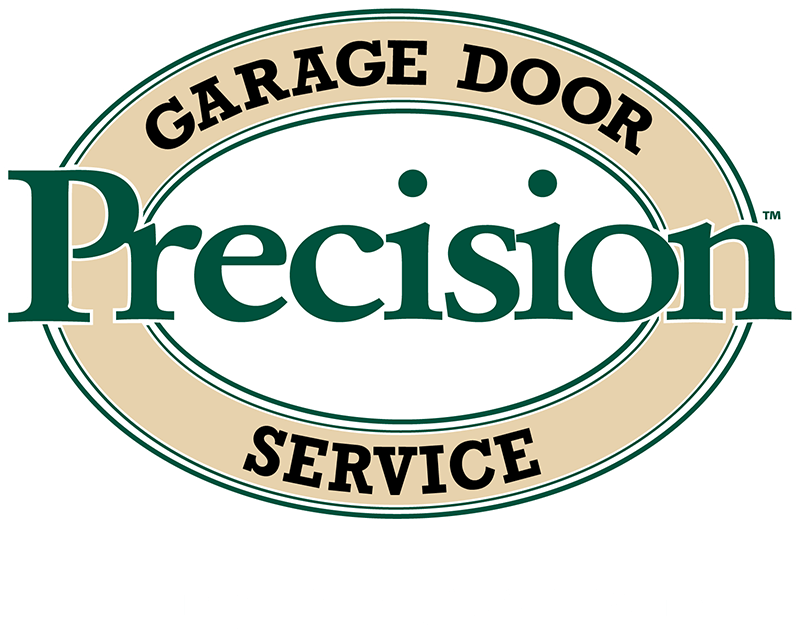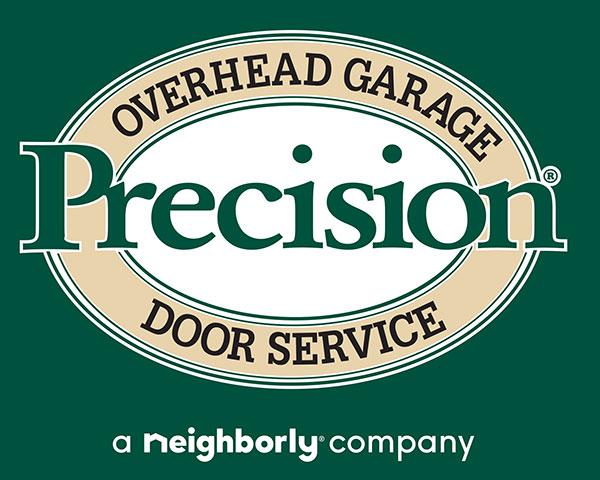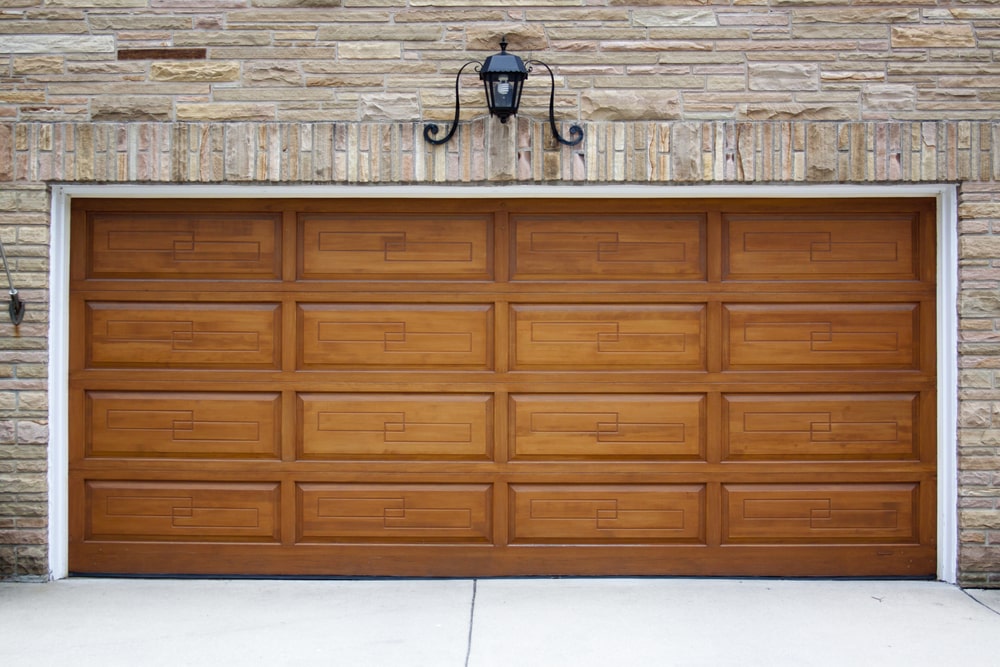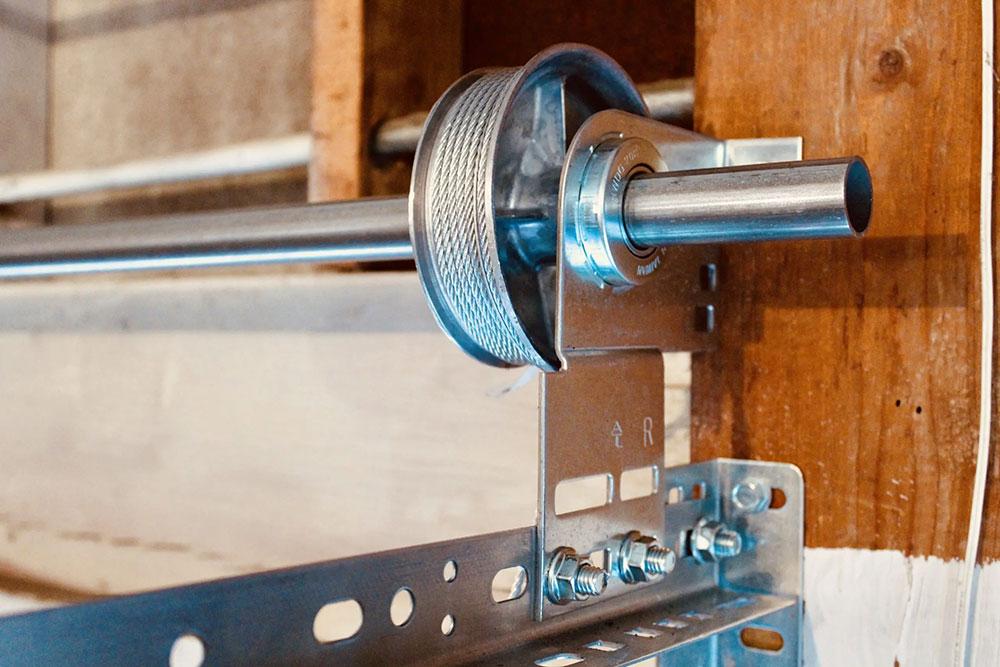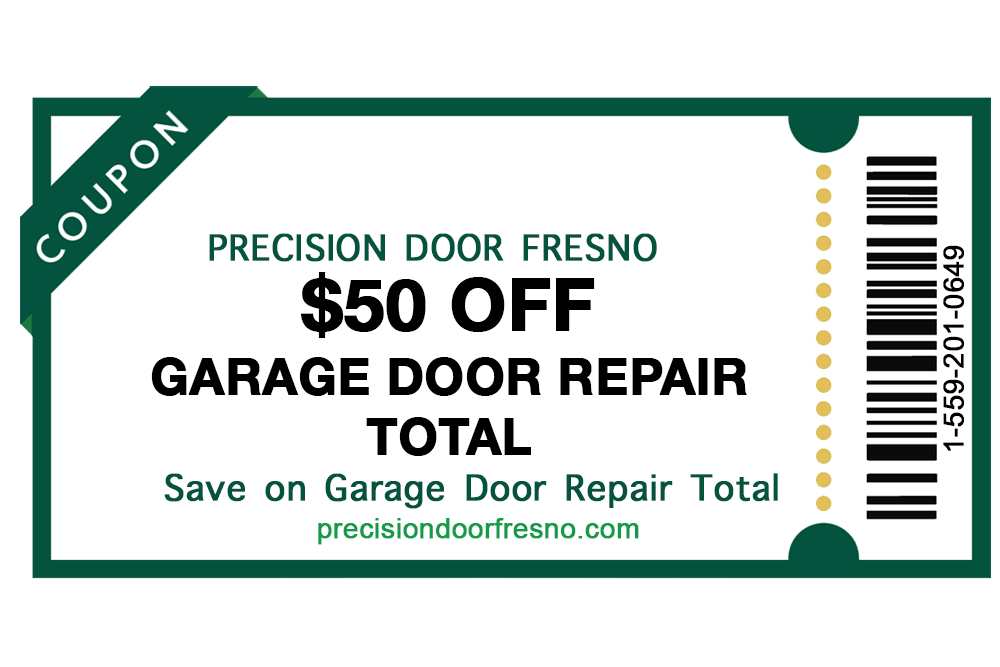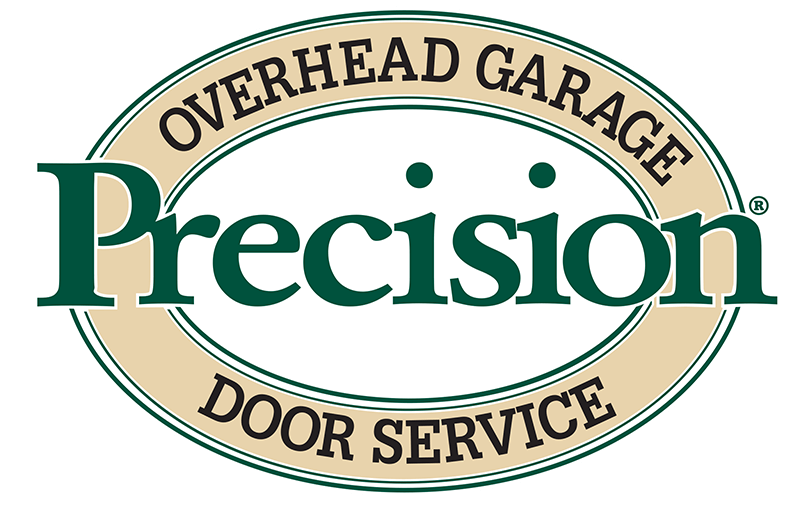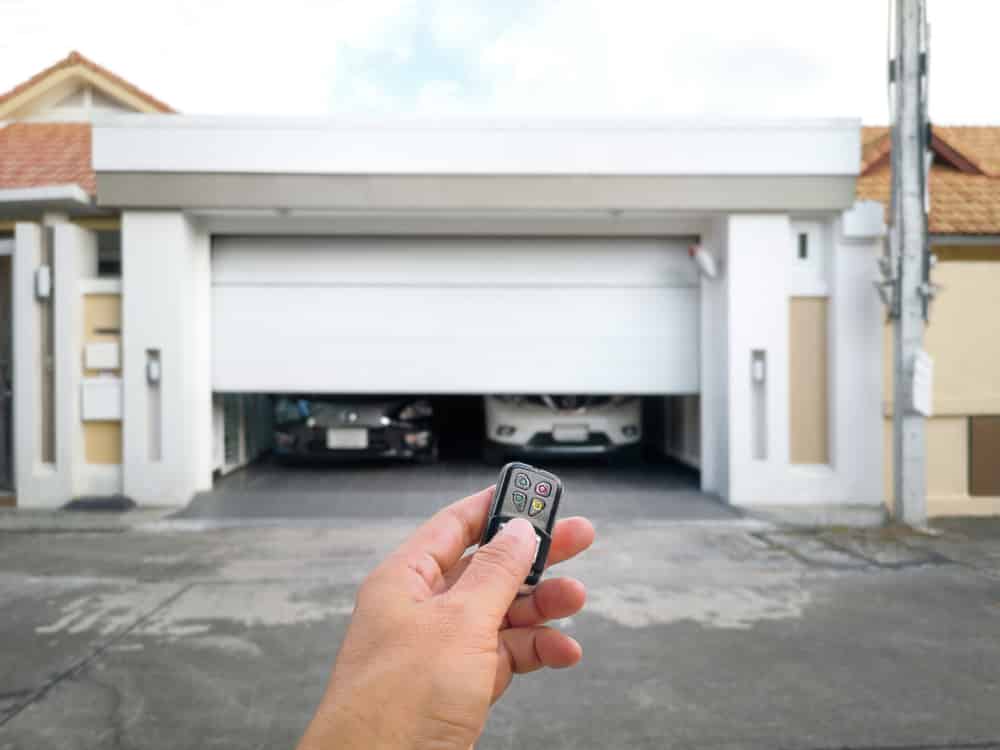
Fresno Garage Door Repair: Does My Door Need Weatherstripping?
As a proud homeowner, you take good care of your investment. Even your garage door and all of its components don’t escape your attention to detail. But according to Fresno garage door repair specialists, there’s one essential part you may be overlooking: the bottom seal.
Why Garage Door Seals Are So Important
The seal that’s installed along the bottom of your garage door is a form of weatherstripping. As the largest point of entry in most homes, it’s important to keep your garage door secure and in good repair. A faulty, cracked, or missing bottom seal exposes the interior of your garage to the elements. It also provides a gateway to insects and rodents that can do a lot of damage inside your property.
According to the US Department of Energy, weatherproofing can save nearly $300 off the cost of heating and cooling your home. Since many garages are attached to the home, any leaks or breaches impact the larger cost of interior climate control.
Fresno garages are subject to heat and humidity. Even if your garage is detached, keeping it cool in summer and preventing access to pests protects your entire garage door and the contents of your garage.
That means it’s essential to maintain solid seal all around as part of a garage door installation and maintenance. However, the ease of repair or replacement could depend on the type of door and seal involved.
Types of Garage Door Seals
Most people barely notice the bottom seal unless there’s a reason to inspect it. For example, you could suddenly see a loose portion sticking our from under the door when it’s closed or hanging from the frame when the door is open.
If you’re like many people, you’ll think about looking at it later and then go about your life until something brings it to your notice again.
Then one day, you finally get around to taking a look at the problem thinking there’s a quick and easy solution. It’s simply a matter of popping down to the local hardware store and purchasing a new strip, right?
However, it’s not as simple as replacing wiper blades or the weatherstripping around the doors of your home. Before you make that drive down to the hardware or home building supply store. you need to know what type of seal you’re dealing with and how difficult it will be to DIY.
Most garage door seals are made of vinyl, plastic, or rubber. That means they are subject to wear, tear, and erosion over time. While some are installed around the sides and bottom of your garage door, some garage doors have only a bottom seal.
The main styles of garage door bottom seals include:
• T-type seal: This seal looks like an upside-down letter “T”. The straight, top portion sits flush with the garage floor, while the bottom part of the T sits in a single channel inside the bottom of the door.
• J-type seal: This is also a single-channel seal that looks like two letters “Js” atop each other when viewed from the side. It provides a little more coverage and weather protection than a T-type seal.
• Bulb seal: This single-channel seal looks bulbous when the garage door is up, but spreads to flatten against the garage floor when the door is fully closed. You’ll find them with either a T” or “P” shape that’s meant to conform to irregularities in the garaged floor itself. The design is meant to broaden the surface and provide extra protection.
• Beaded seal: Beaded seals are designed specifically for double-channel garage doors. The two portions of the seal bend to fit inside a circular channel when the door is closed. These are approximately 3 inches wide and ribbed on the outside. The design creates “beads” and channels that prevent water from penetrating the groove and causing rot or deterioration.
There are also threshold seals. This is an exterior part that is attached to the garage floor and forms an extra layer of waterproofing by coupling with the bottom seal when the garage door is closed. Installing one of these will prolong the life of your bottom seal and prevent the need for repair or replacement.
Signs Your Bottom Seal Needs Repair
In order to keep your garage door and all of the various parts in good shape, it’s important to perform a manual inspection periodically. Many people do this twice a year, once at the beginning of fall and again in the springtime.
Open the garage door enough to get a good perspective of the bottom seal. You’re looking for areas of wear as well as cracks, tears, warping, or missing portions. The presence of any deterioration means the seal needs to be replaced.
If it’s intact and has no visible signs of wear, you’ll want to test the seal manually by pushing gently on various parts of it with your index finger. If it doesn’t seem stiff, rigid, or dried out and springs back into place easily, it’s probably okay. However, signs of resistance might mean it needs to be replaced.
According to a Fresno garage door installation and repair technician, there are several signs that the bottom seal on your garage door might need some attention.
1. Water leaks. The first sign of a problem might be water leaking into your garage after a rain or water pooling near the door. If this isn’t taken care of, it could lead to rust, rot, and other damage to the garage door itself. Moisture could seep in and damage boxes that are stored in the garage. Water is also attractive to insects and other pests.
2. There’s noticeable damage. You might notice loose or missing portions of the bottom seal as well as tears or cracks along the length of the bottom seal. Another sign of damage is finding bits of the seal on the garage floor or driveway just outside the door.
3. There’s a temperature difference. When a garage is attached to your home, any break in the seal could affect your home’s temperature controls. If you feel a draft or notice airflow under your garage door when it’s fully closed, it’s a sign that the seal is deteriorating.
Professional Fresno Garage Door Repair Services
Although replacing a bottom seal is relatively easy, it’s still a good idea to have the whole unit inspected and maintained by a professional Fresno garage door repair specialist.
Not only will you keep your garage door and every part from the bottom seal to the garage door opener in good repair, but you will also save on potentially costly repairs or replacement down the road.
